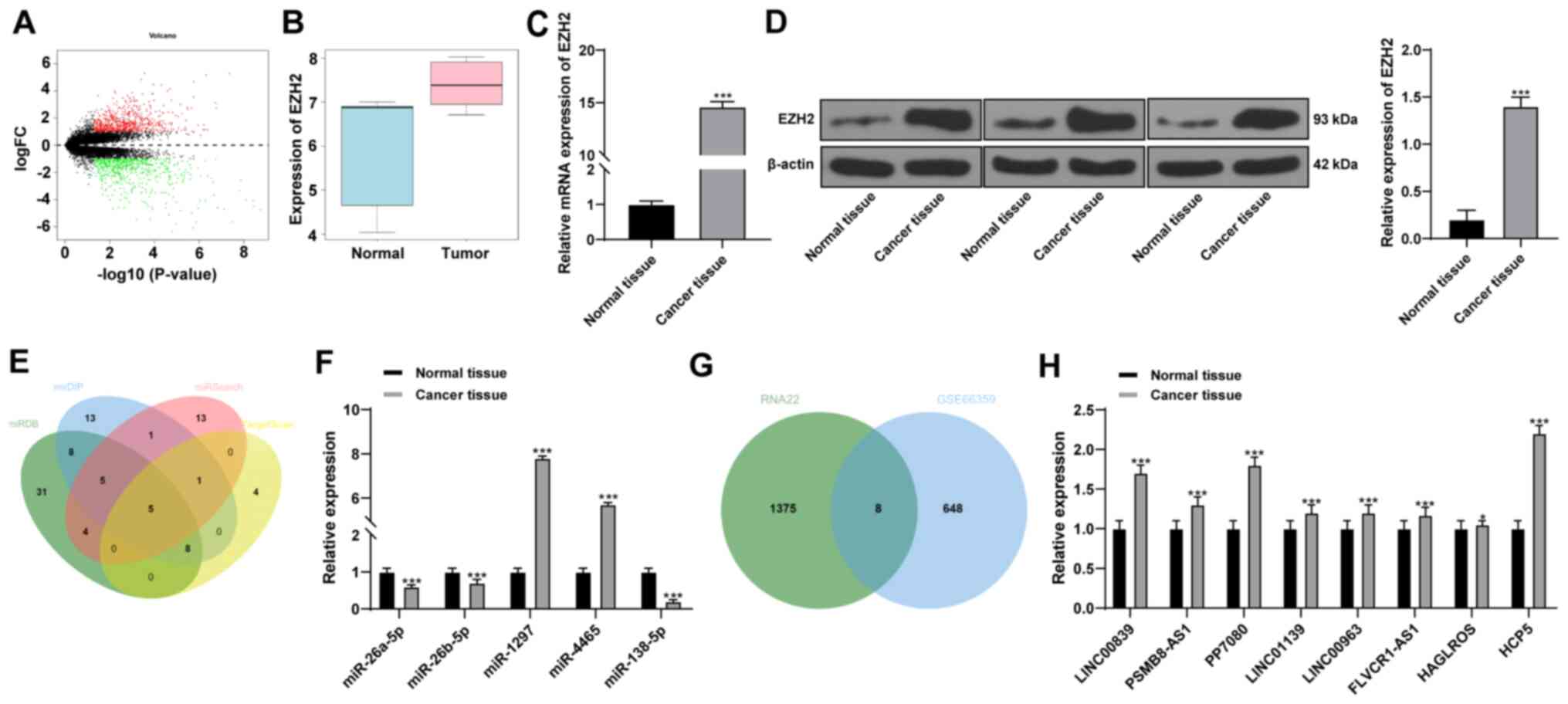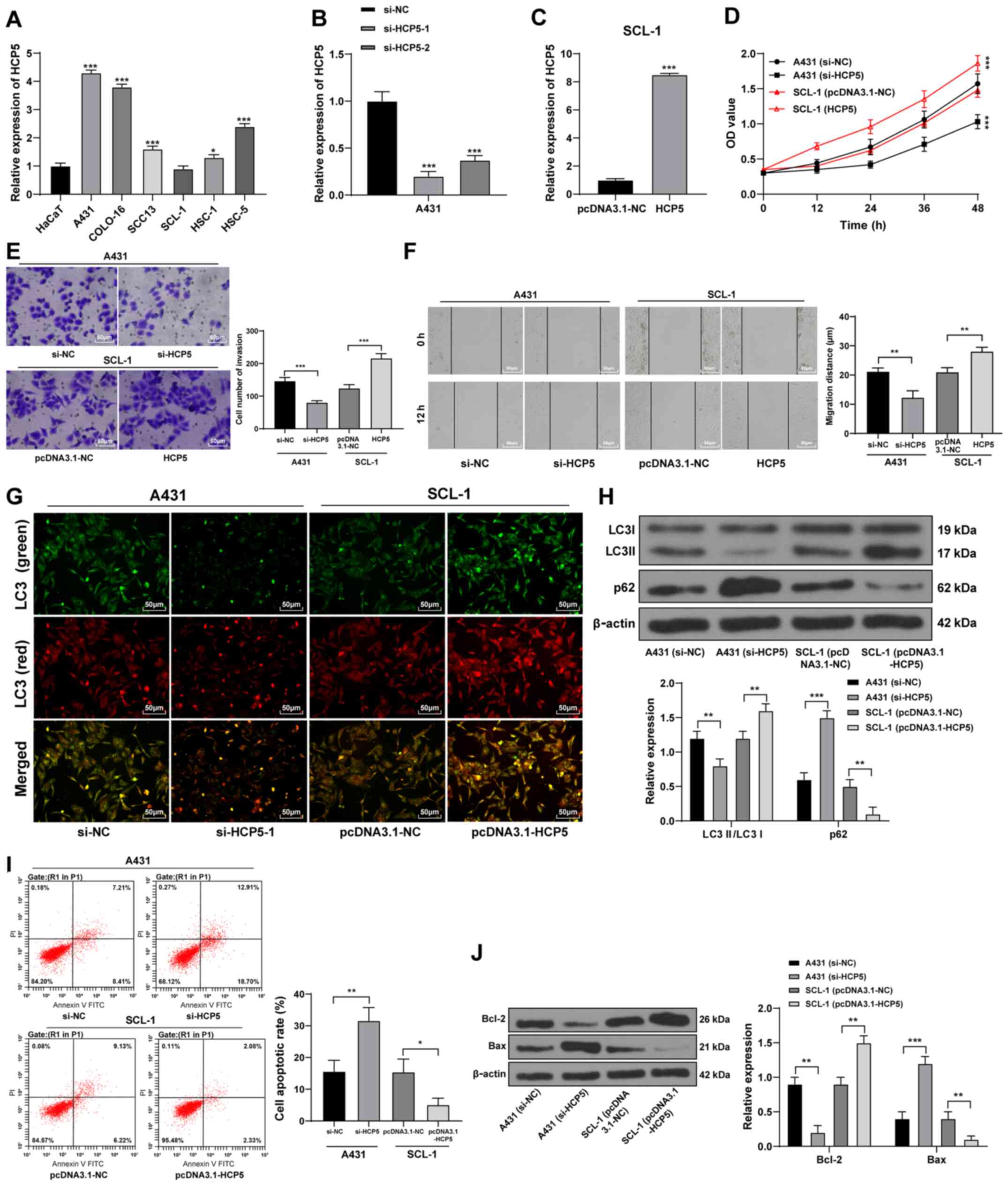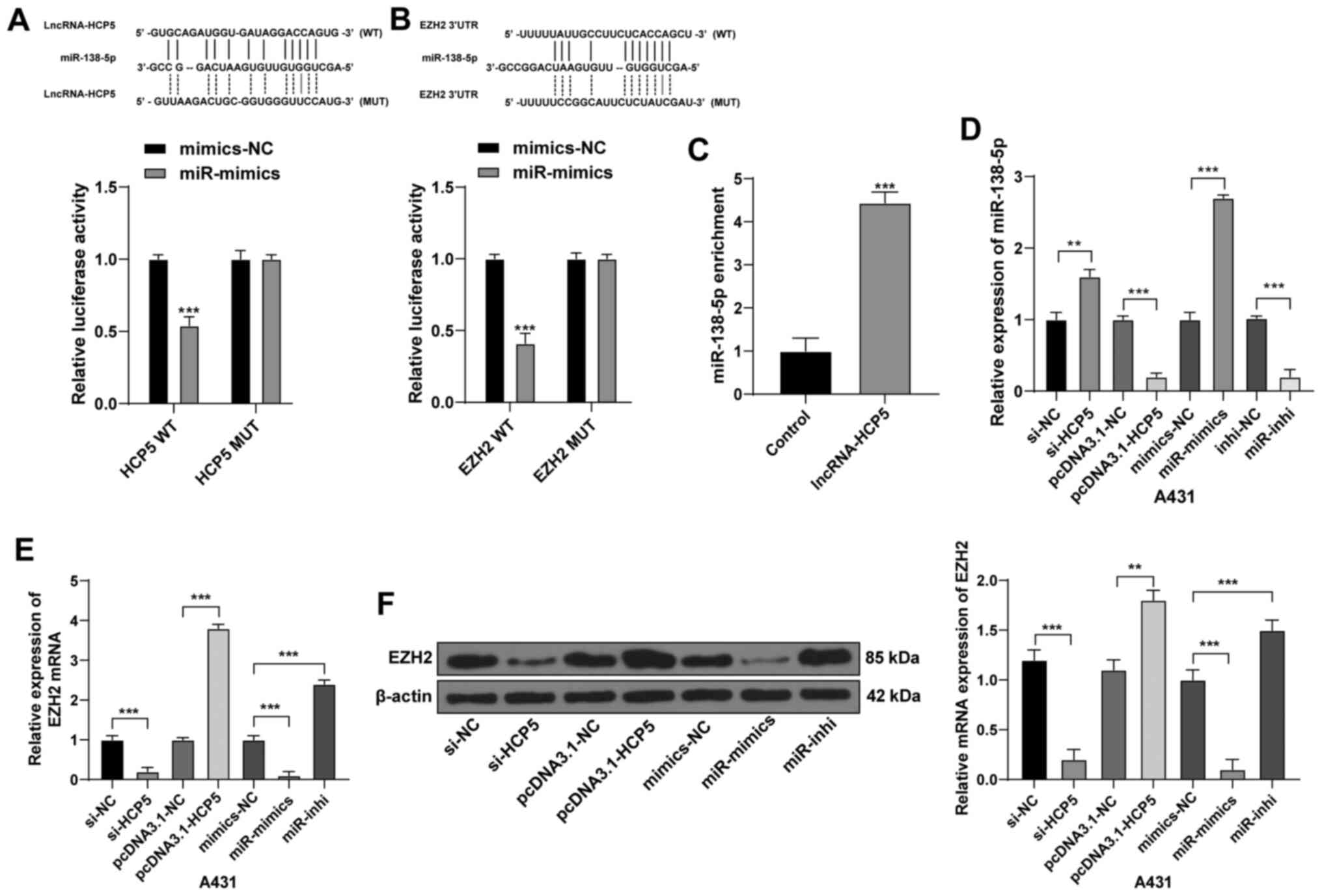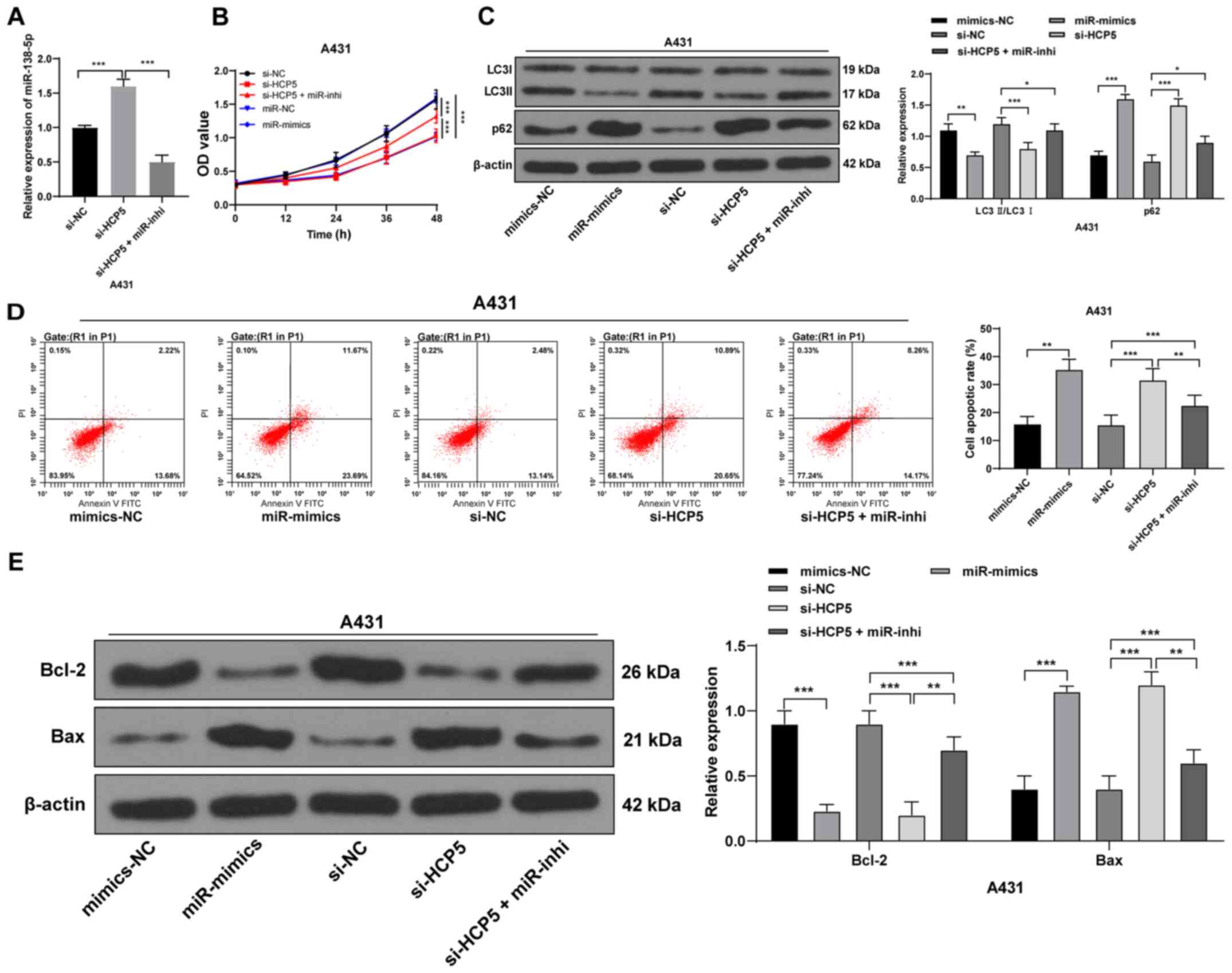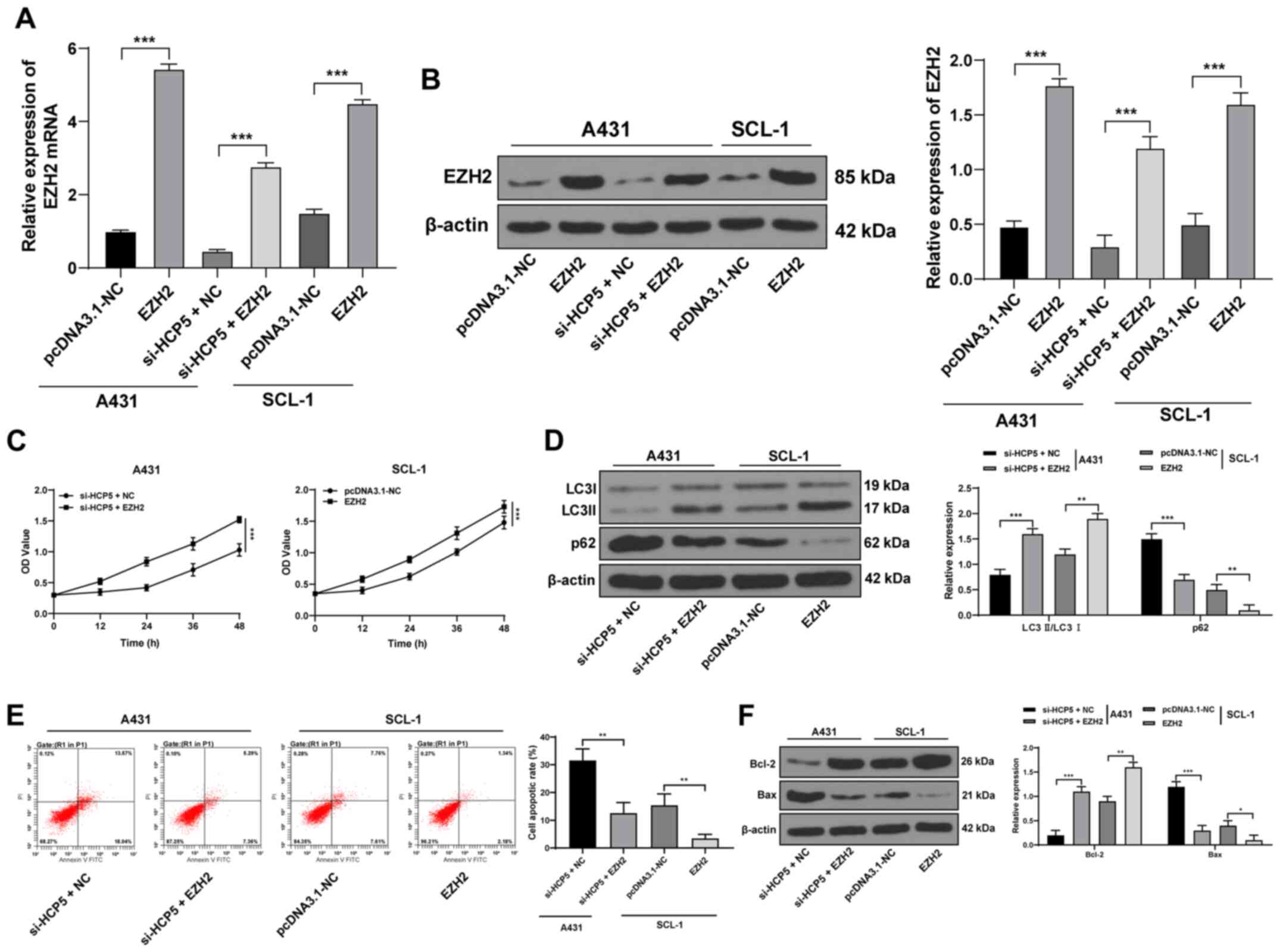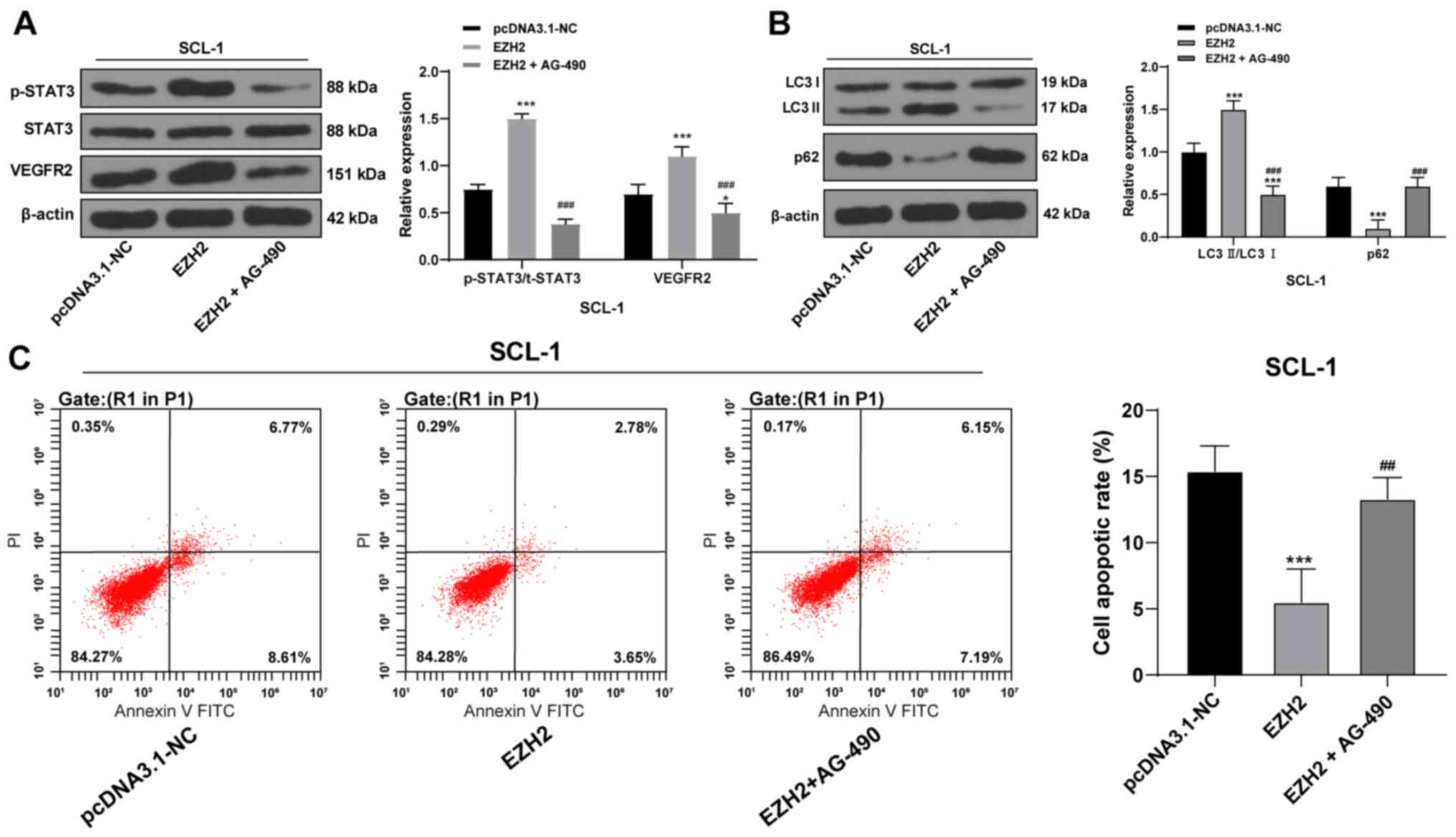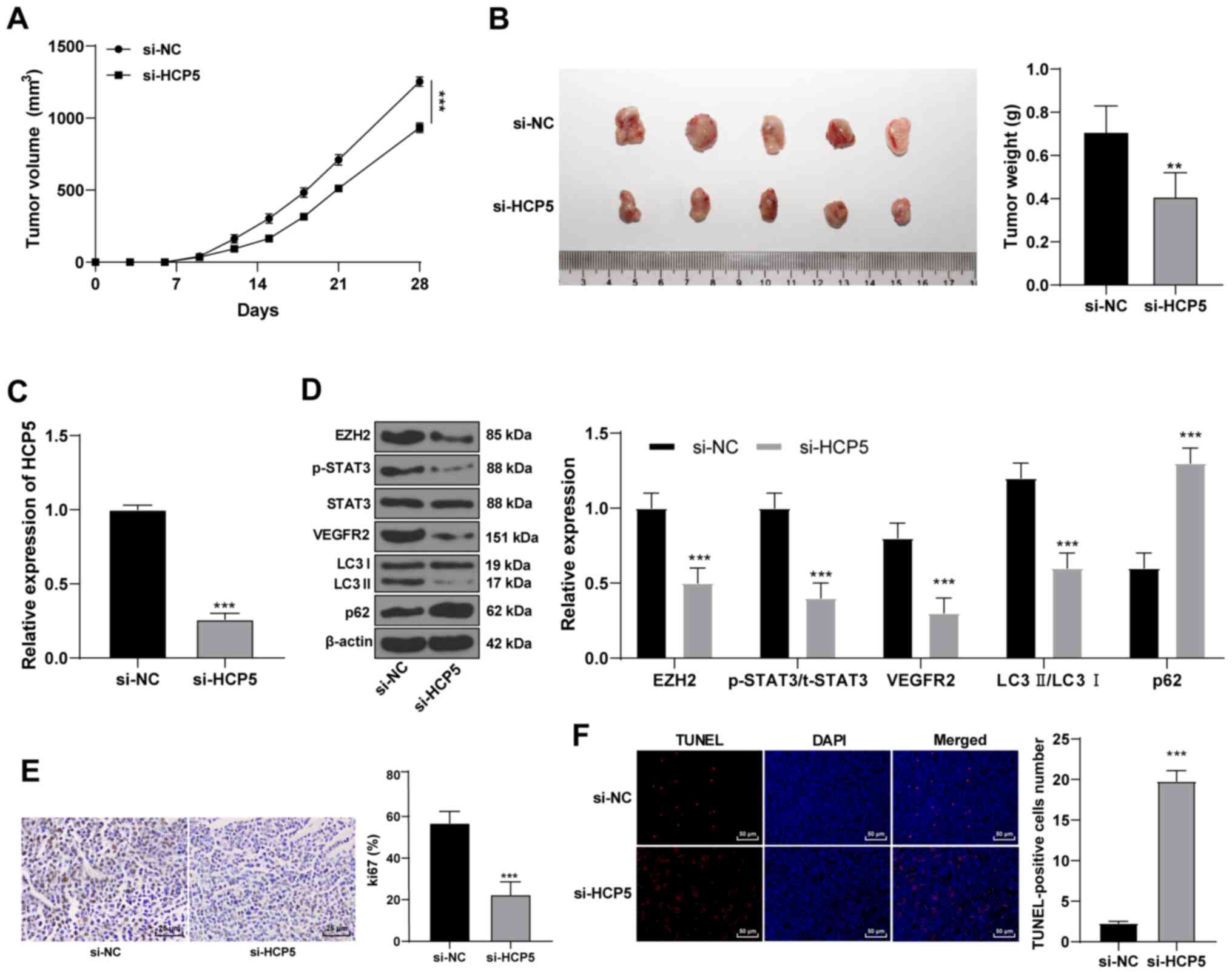|
1
|
Que SKT, Zwald FO and Schmults CD:
Cutaneous squamous cell carcinoma: Incidence, risk factors,
diagnosis, and staging. J Am Acad Dermatol. 78:237–247. 2018.
View Article : Google Scholar : PubMed/NCBI
|
|
2
|
Parekh V and Seykora JT: Cutaneous
squamous cell carcinoma. Clin Lab Med. 37:503–525. 2017. View Article : Google Scholar : PubMed/NCBI
|
|
3
|
Brinkman JN, Hajder E, van der Holt B, Den
Bakker MA, Hovius SE and Mureau MA: The effect of differentiation
grade of cutaneous squamous cell carcinoma on excision margins,
local recurrence, metastasis, and patient survival: A retrospective
follow-up study. Ann Plast Surg. 75:323–326. 2015. View Article : Google Scholar
|
|
4
|
Thompson AK, Kelley BF, Prokop LJ, Murad
MH and Baum CL: Risk factors for cutaneous squamous cell carcinoma
recurrence, metastasis, and disease-specific death: A systematic
review and meta-analysis. JAMA Dermatol. 152:419–428. 2016.
View Article : Google Scholar : PubMed/NCBI
|
|
5
|
Zheng LQ, Li SY and Li CX: Expression
profiling analysis of autophagy-related genes in perineural
invasion of cutaneous squamous cell carcinoma. Oncol Lett.
15:4837–4848. 2018.PubMed/NCBI
|
|
6
|
Ou C, Liu H, Ding Z and Zhou L:
Chloroquine promotes gefitinib-induced apoptosis by inhibiting
protective autophagy in cutaneous squamous cell carcinoma. Mol Med
Rep. 20:4855–4866. 2019.PubMed/NCBI
|
|
7
|
Lu MY, Liao YW, Chen PY, Hsieh PL, Fang
CY, Wu CY, Yen ML, Peng BY, Wang DP, Cheng HC, et al: Targeting
LncRNA HOTAIR suppresses cancer stemness and metastasis in oral
carcinomas stem cells through modulation of EMT. Oncotarget.
8:98542–98552. 2017. View Article : Google Scholar : PubMed/NCBI
|
|
8
|
Sand M, Bechara FG, Sand D, Gambichler T,
Hahn SA, Bromba M, Stockfleth E and Hessam S: Expression profiles
of long noncoding RNAs in cutaneous squamous cell carcinoma.
Epigenomics. 8:501–518. 2016. View Article : Google Scholar : PubMed/NCBI
|
|
9
|
Kulski JK: Long Noncoding RNA HCP5, a
Hybrid HLA Class I endogenous retroviral gene: Structure,
expression, and disease associations. Cells. 8:4802019. View Article : Google Scholar :
|
|
10
|
Liang L, Xu J, Wang M, Xu G, Zhang N, Wang
G and Zhao Y: LncRNA HCP5 promotes follicular thyroid carcinoma
progression via miRNAs sponge. Cell Death Dis. 9:3722018.
View Article : Google Scholar : PubMed/NCBI
|
|
11
|
Teng H, Wang P, Xue Y, Liu X, Ma J, Cai H,
Xi Z, Li Z and Liu Y: Role of HCP5-miR-139-RUNX1 feedback loop in
regulating malignant behavior of glioma cells. Mol Ther.
24:1806–1822. 2016. View Article : Google Scholar : PubMed/NCBI
|
|
12
|
Wei X, Gu X, Ma M and Lou C: Long
noncoding RNA HCP5 suppresses skin cutaneous melanoma development
by regulating RARRES3 gene expression via sponging miR-12. Onco
Targets Ther. 12:6323–6335. 2019. View Article : Google Scholar :
|
|
13
|
Wang J and Wang GG: No easy way out for
EZH2: Its pleiotropic, noncanonical effects on gene regulation and
cellular function. Int J Mol Sci. 21:95012020. View Article : Google Scholar :
|
|
14
|
Xie Q, Wang H, Heilman ER, Walsh MG,
Haseeb MA and Gupta R: Increased expression of enhancer of Zeste
Homolog 2 (EZH2) differentiates squamous cell carcinoma from normal
skin and actinic keratosis. Eur J Dermatol. 24:41–45. 2014.
View Article : Google Scholar : PubMed/NCBI
|
|
15
|
Chen L, Jia J, Zang Y, Li J and Wan B:
MicroRNA-101 regulates autophagy, proliferation and apoptosis via
targeting EZH2 in laryngeal squamous cell carcinoma. Neoplasma.
66:507–515. 2019. View Article : Google Scholar : PubMed/NCBI
|
|
16
|
Liu Z, Yang L, Zhong C and Zhou L: EZH2
regulates H2B phosphorylation and elevates colon cancer cell
autophagy. J Cell Physiol. 235:1494–1503. 2020. View Article : Google Scholar
|
|
17
|
Zuo S, Li X, Bao W and Li S: Pre-mRNA
processing factor 3 enhances the progression of
keratinocyte-derived cutaneous squamous cell carcinoma by
regulating the JAK2/STAT3 pathway. Sci Rep. 10:88632020. View Article : Google Scholar : PubMed/NCBI
|
|
18
|
Livak KJ and Schmittgen TD: Analysis of
relative gene expression data using real-time quantitative PCR and
the 2(-Delta Delta C(T)) method. Methods. 25:402–408. 2001.
View Article : Google Scholar
|
|
19
|
Kopaladze RA: Methods for the euthanasia
of experimental animals-the ethics, esthetics and personnel safety.
Usp Fiziol Nauk. 31:79–90. 2000.In Russian. PubMed/NCBI
|
|
20
|
Zatroch KK, Knight CG, Reimer JN and Pang
DS: Refinement of intraperitoneal injection of sodium pentobarbital
for euthanasia in laboratory rats (Rattus norvegicus). BMC Vet Res.
13:602017. View Article : Google Scholar : PubMed/NCBI
|
|
21
|
Pan X, Chen Y, Shen Y and Tantai J:
Knockdown of TRIM65 inhibits autophagy and cisplatin resistance in
A549/DDP cells by regulating miR-138-5p/ATG7. Cell Death Dis.
10:4292019. View Article : Google Scholar : PubMed/NCBI
|
|
22
|
Zhao C, Ling X, Li X, Hou X and Zhao D:
MicroRNA-138-5p inhibits cell migration, invasion and EMT in breast
cancer by directly targeting RHBDD1. Breast Cancer. 26:817–825.
2019. View Article : Google Scholar : PubMed/NCBI
|
|
23
|
Zhou W, Zhang S, Li J, Li Z, Wang Y and Li
X: lncRNA TINCR participates in ALA-PDT-induced apoptosis and
autophagy in cutaneous squamous cell carcinoma. J Cell Biochem.
120:13893–13902. 2019. View Article : Google Scholar : PubMed/NCBI
|
|
24
|
Zhao M, Hu X, Xu Y, Wu C, Chen J, Ren Y,
Kong L, Sun S, Zhang L, Jin R and Zhou X: Targeting of EZH2
inhibits epithelial-mesenchymal transition in head and neck
squamous cell carcinoma via regulating the STAT3/VEGFR2 axis. Int J
Oncol. 55:1165–1175. 2019.PubMed/NCBI
|
|
25
|
Egolf S and Capell BC: LSD1: A viable
therapeutic target in cutaneous squamous cell carcinoma? Expert
Opin Ther Targets. 24:671–678. 2020. View Article : Google Scholar : PubMed/NCBI
|
|
26
|
Filoni A, Cicco G, Lospalluti L, Maglietta
A, Foti C, Annichiarico G, Resta L and Bonamonte D: Morphological
and morphometric analysis of cutaneous squamous cell carcinoma in
patients with recessive dystrophic epidermolysis bullosa: A
retrospective study. J Eur Acad Dermatol Venereol. 34:1707–1714.
2020. View Article : Google Scholar
|
|
27
|
Hassan S, Purdie KJ, Wang J, Harwood CA,
Proby CM, Pourreyron C, Mladkova N, Nagano A, Dhayade S, Athineos
D, et al: A unique panel of patient-derived cutaneous squamous cell
carcinoma cell lines provides a preclinical pathway for therapeutic
testing. Int J Mol Sci. 20:34282019. View Article : Google Scholar :
|
|
28
|
Balasubramanian S, Adhikary G and Eckert
RL: The Bmi-1 polycomb protein antagonizes the
(-)-epigallocatechin-3-gallate-dependent suppression of skin cancer
cell survival. Carcinogenesis. 31:496–503. 2010. View Article : Google Scholar
|
|
29
|
Zhuang Z, Xie N, Hu J, Yu P, Wang C, Hu X,
Han X, Hou J, Huang H and Liu X: Interplay between ΔNp63 and
miR-138-5p regulates growth, metastasis and stemness of oral
squamous cell carcinoma. Oncotarget. 8:21954–21973. 2017.
View Article : Google Scholar : PubMed/NCBI
|
|
30
|
Yu Y, Shen HM, Fang DM, Meng QJ and Xin
YH: LncRNA HCP5 promotes the development of cervical cancer by
regulating MACC1 via suppression of microRNA-15a. Eur Rev Med
Pharmacol Sci. 22:4812–4819. 2018.PubMed/NCBI
|
|
31
|
Yun WK, Hu YM, Zhao CB, Yu DY and Tang JB:
HCP5 promotes colon cancer development by activating AP1G1 via
PI3K/AKT pathway. Eur Rev Med Pharmacol Sci. 23:2786–2793.
2019.PubMed/NCBI
|
|
32
|
Han C, Sun B, Wang W, Cai W, Lou D, Sun Y
and Zhao X: Overexpression of microtubule-associated protein-1
light chain 3 is associated with melanoma metastasis and
vasculogenic mimicry. Tohoku J Exp Med. 223:243–251. 2011.
View Article : Google Scholar : PubMed/NCBI
|
|
33
|
Mathew R, Karp CM, Beaudoin B, Vuong N,
Chen G, Chen HY, Bray K, Reddy A, Bhanot G, Gelinas C, et al:
Autophagy suppresses tumorigenesis through elimination of p62.
Cell. 137:1062–1075. 2009. View Article : Google Scholar : PubMed/NCBI
|
|
34
|
Wright TJ, McKee C, Birch-Machin MA, Ellis
R, Armstrong JL and Lovat PE: Increasing the therapeutic efficacy
of docetaxel for cutaneous squamous cell carcinoma through the
combined inhibition of phosphatidylinositol 3-kinase/AKT signalling
and autophagy. Clin Exp Dermatol. 38:421–423. 2013. View Article : Google Scholar : PubMed/NCBI
|
|
35
|
Liu Y, Wang J, Dong L, Xia L, Zhu H, Li Z
and Yu X: Long noncoding RNA HCP5 regulates pancreatic cancer
gemcitabine (GEM) resistance by sponging Hsa-miR-214-3p to target
HDGF. Onco Targets Ther. 12:8207–8216. 2019. View Article : Google Scholar : PubMed/NCBI
|
|
36
|
Manikandan M, Deva Magendhra Rao AK,
Rajkumar KS, Rajaraman R and Munirajan AK: Altered levels of
miR-21, miR-125b-2 *, miR-138, miR-155, miR-184, and miR-205 in
oral squamous cell carcinoma and association with
clinicopathological characteristics. J Oral Pathol Med. 44:792–800.
2015. View Article : Google Scholar
|
|
37
|
Zheng S, Zhang X, Wang X and Li J:
Downregulation of miR-138 predicts poor prognosis in patients with
esophageal squamous cell carcinoma. Cancer Biomark. 20:49–54. 2017.
View Article : Google Scholar : PubMed/NCBI
|
|
38
|
Tian S, Guo X, Yu C, Sun C and Jiang J:
miR-138-5p suppresses autophagy in pancreatic cancer by targeting
SIRT1. Oncotarget. 8:11071–11082. 2017. View Article : Google Scholar : PubMed/NCBI
|
|
39
|
Liu X, Jiang L, Wang A, Yu J, Shi F and
Zhou X: MicroRNA-138 suppresses invasion and promotes apoptosis in
head and neck squamous cell carcinoma cell lines. Cancer Lett.
286:217–222. 2009. View Article : Google Scholar : PubMed/NCBI
|
|
40
|
Hernandez-Ruiz E, Toll A, Garcia-Diez I,
Andrades E, Ferrandiz-Pulido C, Masferrer E, Yébenes M, Jaka A,
Gimeno J, Gimeno R, et al: The Polycomb proteins RING1B and EZH2
repress the tumoral pro-inflammatory function in metastasizing
primary cutaneous squamous cell carcinoma. Carcinogenesis.
39:503–513. 2018. View Article : Google Scholar : PubMed/NCBI
|
|
41
|
Chen H, Pan J, Zhang L, Chen L, Qi H,
Zhong M, Shi X, Du J and Li Q: Downregulation of estrogen-related
receptor alpha inhibits human cutaneous squamous cell carcinoma
cell proliferation and migration by regulating EMT via fibronectin
and STAT3 signaling pathways. Eur J Pharmacol. 825:133–142. 2018.
View Article : Google Scholar : PubMed/NCBI
|
|
42
|
Bito T, Sumita N, Ashida M, Budiyanto A,
Ueda M, Ichihashi M, Tokura Y and Nishigori C: Inhibition of
epidermal growth factor receptor and PI3K/Akt signaling suppresses
cell proliferation and survival through regulation of Stat3
activation in human cutaneous squamous cell carcinoma. J Skin
Cancer. 2011:8745712011. View Article : Google Scholar : PubMed/NCBI
|
|
43
|
Al-Dissi AN, Haines DM, Singh B and Kidney
BA: Immunohistochemical expression of vascular endothelial growth
factor and vascular endothelial growth factor receptor associated
with tumor cell proliferation in canine cutaneous squamous cell
carcinomas and trichoepitheliomas. Vet Pathol. 44:823–830. 2007.
View Article : Google Scholar : PubMed/NCBI
|















